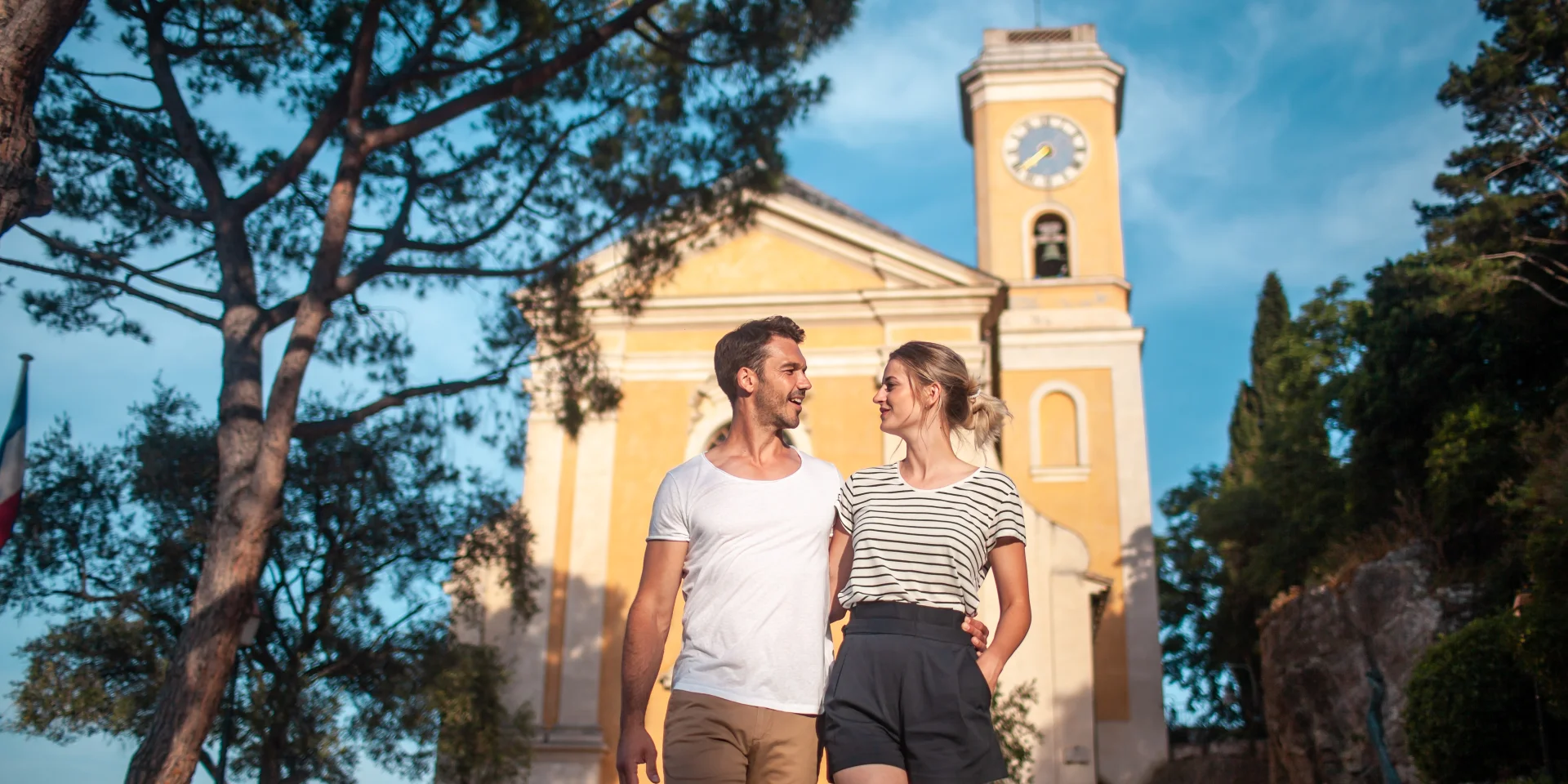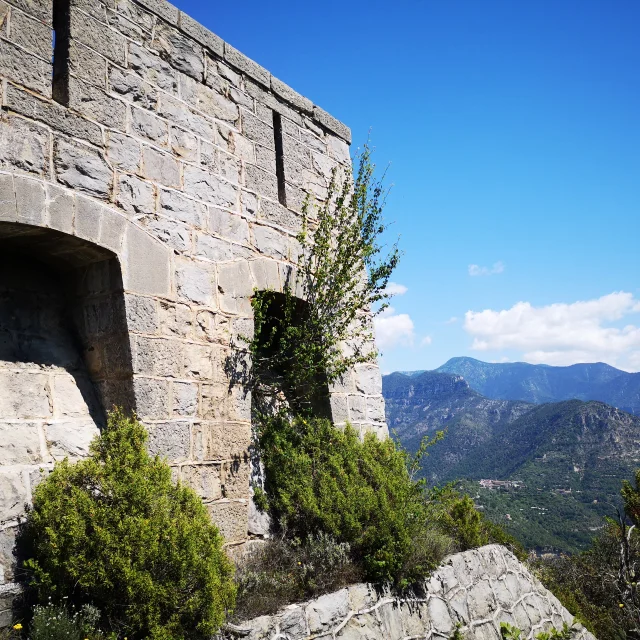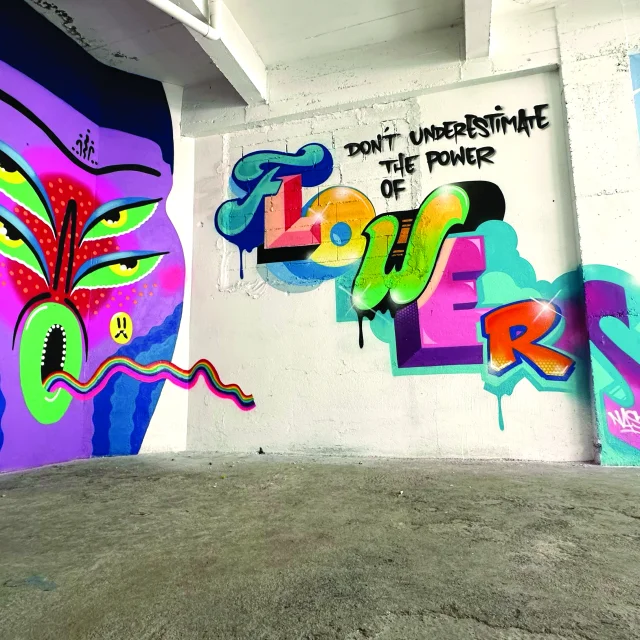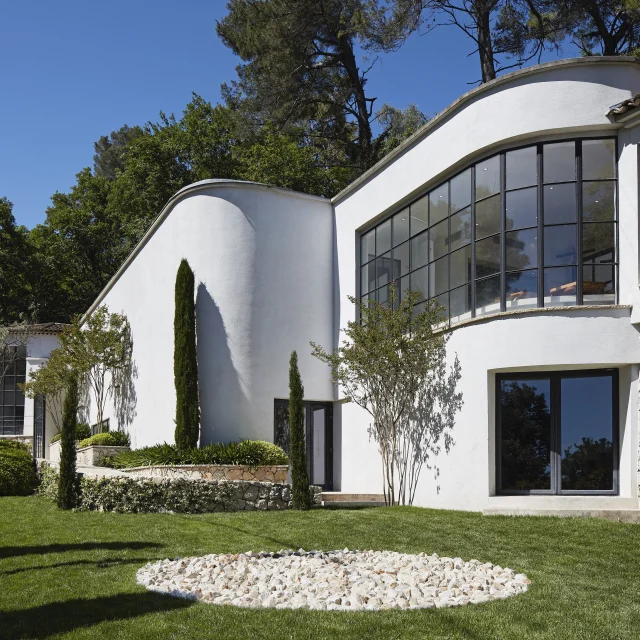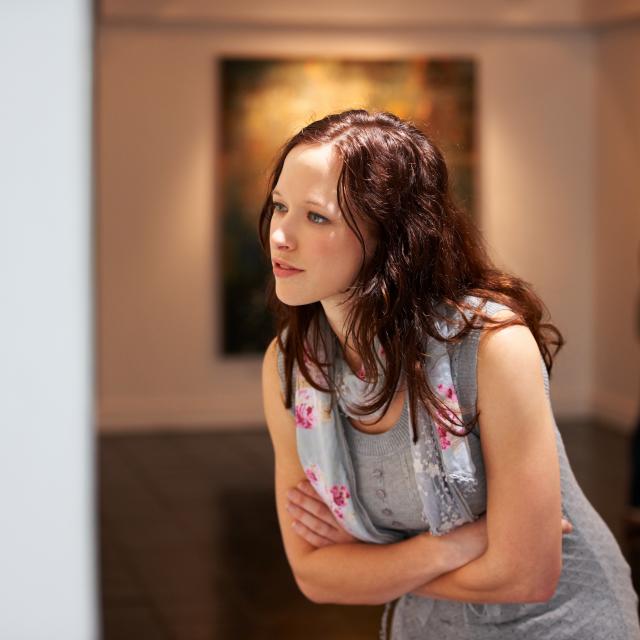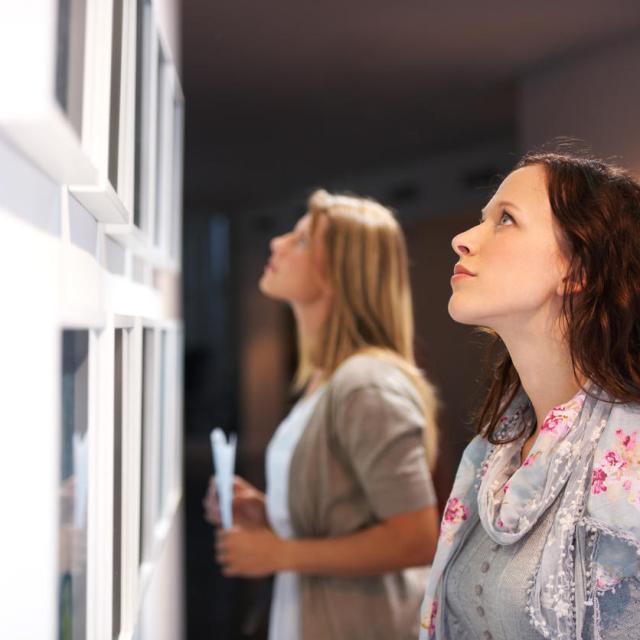The hinterland of Grasse and Vence
The Notre-Dame-de-Valcluse sanctuary in Auribeau-sur-Siagne has been a place of pilgrimage since the 12th century; a fine collection of votive offerings can be seen in the adjoining museum and the original grotto is open to devotees. The church of Saint-Jacques-le-Majeur in Bar-sur-Loup, dating from 1471, features an incredible altarpiece by Louis Bréa comprising 14 panels, including “La danse macabre”. Theformer cathedral of Notre-Dame-du-Puy in Grasse features a Saint-Honoré altarpiece dating from 1520; it is linked to the former bishops’ palace by a passageway spanning an alleyway. The Notre-Dame-de-Vie chapel in Mougins is a “sanctuary of respite” (when a stillborn child temporarily comes back to life during baptism); it contains a few votive offerings, an altarpiece on the high altar, as well as various ancient monuments and a military stele. The Collegiate Church of the Conversion of Saint-Paul in Saint-Paul-de-Vence contains some remarkable furnishings, including an 18th-century baptismal font and 17th-century canvases and carved walnut stalls. The 17th-century chapel of the Pénitents Blancs features Folon’s vast artistic project (sculptures, watercolours and mosaics). Picasso’s two works, “La Guerre et La Paix” (War and Peace), were installed in the chapel of the Château de Vallauris in 1959, giving them a sacred and universal anchorage.
The famous little Rosary chapel in Vence is entirely Henri Matisse’s work, with its architecture, furniture and iconography steeped in symbolism. Also worth a visit Notre-Dame-du-Brusc in Châteauneuf-de-Grasse, the chapel of Saint-Claude and the church of Saint-Mayeul in Cipières, the church of Saint-Etienne in Gréolières, the chapel of Saint-Barthélémy in Mougins, the chapel of Notre-Dame-de-Sardaigne in Saint-Cézaire, the chapel of Notre-Dame-de-Gratemoine in Séranon, the church of Saint-Blaise in Valbonne, the chapel of la Miséricorde in Vallauris, theformer cathedral of Notre-Dame-de-la-Nativité, the chapel of Sainte-Elisabeth and the chapel of Sainte-Anne in Vence.

